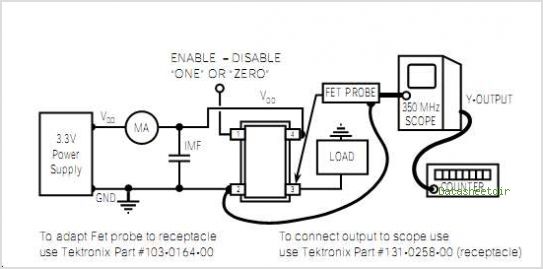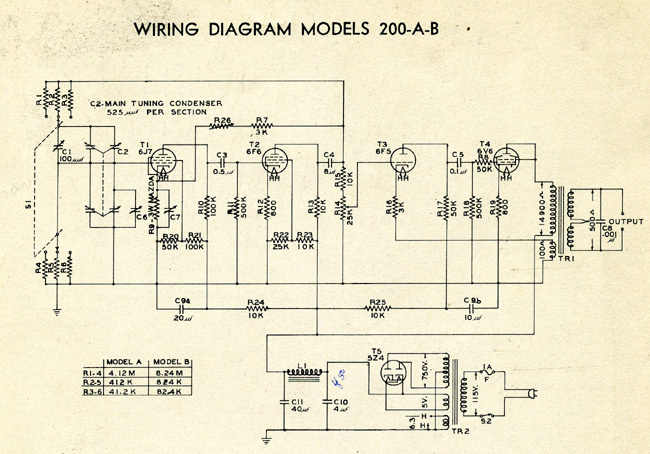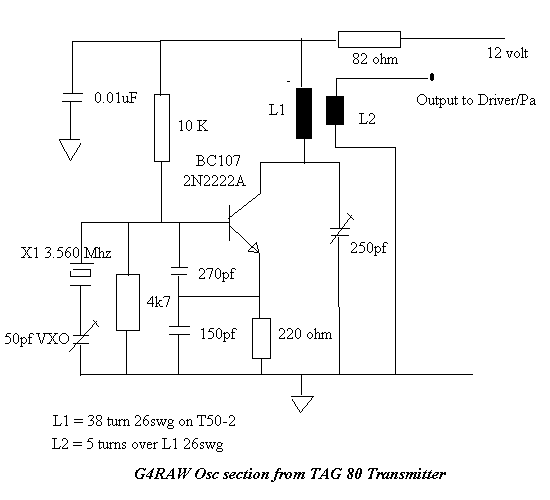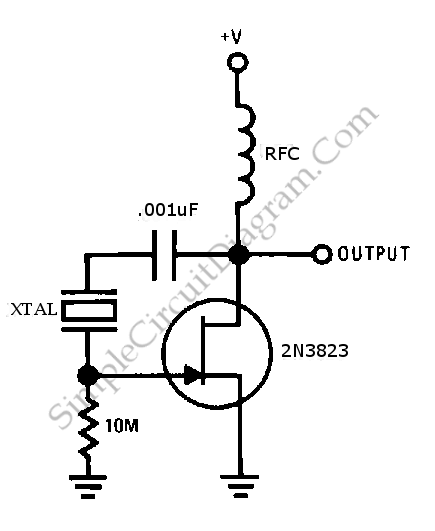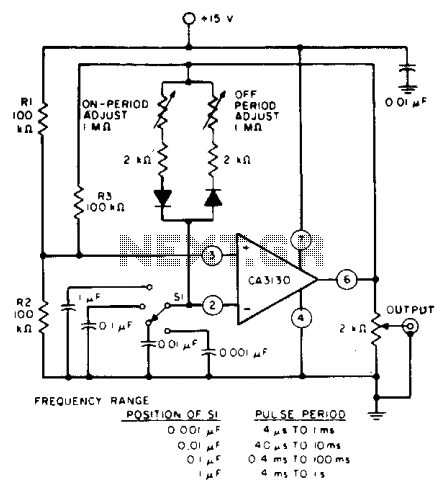
Astable oscillator
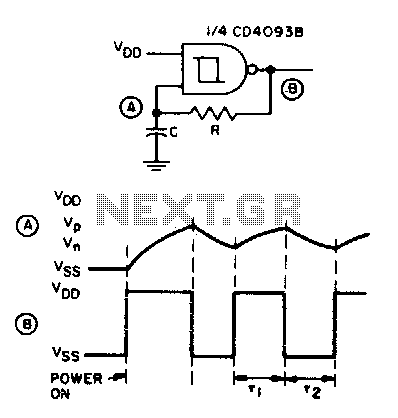
Before power is applied, the input and output are at ground potential, and capacitor C is discharged. Upon power-on, the output transitions to high (Vdd), and capacitor C charges through resistor R until a specified voltage (V) is reached; thereafter, the output transitions to low (Vss). At this point, capacitor C discharges through resistor R until it reaches a lower voltage (Vn). The output then goes high again, charging capacitor C towards a peak voltage (VP) through resistor R. Consequently, input A oscillates between VP and Vn as the output alternates between high and low. This circuit is self-starting at power-on.
The described circuit functions as an astable multivibrator, characterized by its ability to produce a square wave output without the need for an external trigger. The operation begins with the capacitor C in a discharged state, ensuring that both the input and output are initially at ground potential. Upon applying power, the output voltage rapidly rises to Vdd, initiating the charging process of capacitor C through resistor R. The time constant of this charging phase is determined by the product of the resistance (R) and capacitance (C), which defines how quickly C charges to the threshold voltage V.
Once the voltage across capacitor C reaches the predetermined threshold (V), the output switches to low (Vss), marking the end of the charging phase. During this low state, capacitor C discharges through resistor R, dropping the voltage across it down to the lower threshold (Vn). This discharge phase also has a time constant dictated by the same R and C values.
As the voltage across C drops to Vn, the output transitions back to high (Vdd), thus restarting the charging cycle. This oscillation continues, with input A alternating between VP (the peak voltage) and Vn, effectively generating a square wave signal at the output. The self-starting feature of this circuit ensures that it begins oscillating immediately upon power application, making it suitable for applications requiring a stable clock signal or timing function. The design can be adjusted for different frequencies by varying the values of R and C, allowing for flexibility in various electronic applications.Before power is applied, the input and output are at ground potential and capacitor C is discharged. On power-on, the output goes high (Vdd) and C charges through R until V is reached; the output then goes low (Vss). C is now discharged through R until Vn is reached. The output then goes high and charges C towards VP through R. Thus input A alternately swings between VP and Vn as the output goes high and low This circuit is self-starting at power-on.
The described circuit functions as an astable multivibrator, characterized by its ability to produce a square wave output without the need for an external trigger. The operation begins with the capacitor C in a discharged state, ensuring that both the input and output are initially at ground potential. Upon applying power, the output voltage rapidly rises to Vdd, initiating the charging process of capacitor C through resistor R. The time constant of this charging phase is determined by the product of the resistance (R) and capacitance (C), which defines how quickly C charges to the threshold voltage V.
Once the voltage across capacitor C reaches the predetermined threshold (V), the output switches to low (Vss), marking the end of the charging phase. During this low state, capacitor C discharges through resistor R, dropping the voltage across it down to the lower threshold (Vn). This discharge phase also has a time constant dictated by the same R and C values.
As the voltage across C drops to Vn, the output transitions back to high (Vdd), thus restarting the charging cycle. This oscillation continues, with input A alternating between VP (the peak voltage) and Vn, effectively generating a square wave signal at the output. The self-starting feature of this circuit ensures that it begins oscillating immediately upon power application, making it suitable for applications requiring a stable clock signal or timing function. The design can be adjusted for different frequencies by varying the values of R and C, allowing for flexibility in various electronic applications.Before power is applied, the input and output are at ground potential and capacitor C is discharged. On power-on, the output goes high (Vdd) and C charges through R until V is reached; the output then goes low (Vss). C is now discharged through R until Vn is reached. The output then goes high and charges C towards VP through R. Thus input A alternately swings between VP and Vn as the output goes high and low This circuit is self-starting at power-on.
